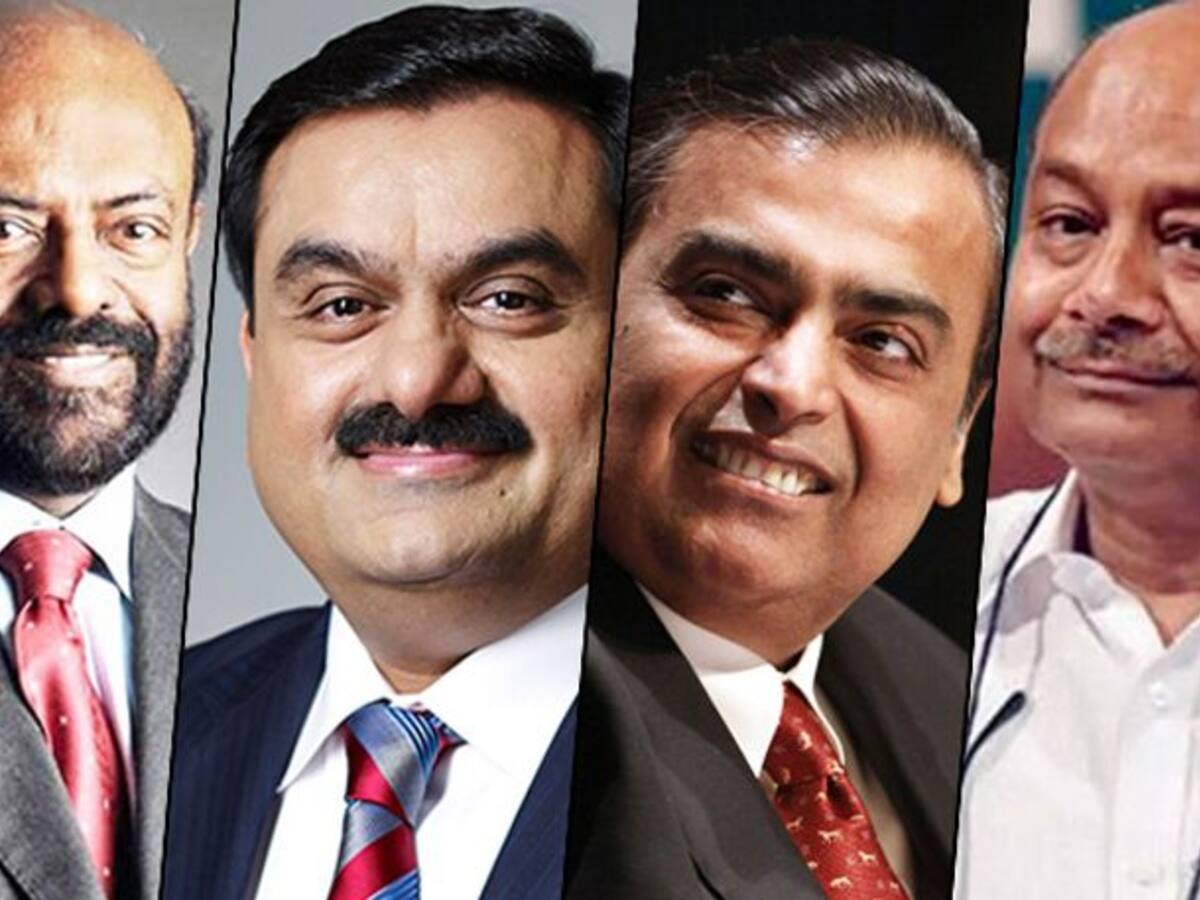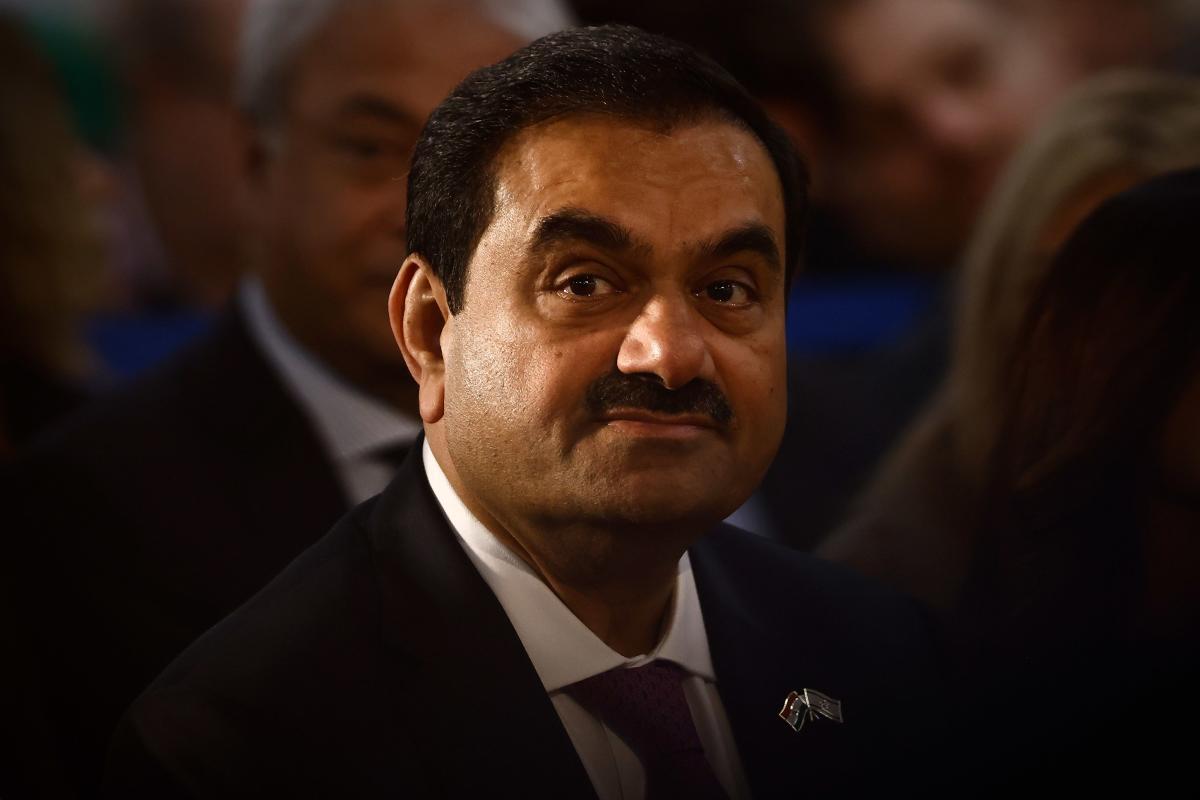Top 10 famous Indian entrepreneurs
Entrepreneurs are those who have the guts to think beyond the box and take action. Some of the most successful businessmen in the world are found in India. These entrepreneurs have established themselves in the business world and are still breaking new ground in a variety of industries, from software companies to retail firms.

Businesses that currently operate worldwide, were originally modest and small-scale. As an illustration, consider Karsanbhai Patel, the businessman who founded Nirma. He started by hawking his homemade detergent in the local areas. He eventually saw success with his firm and rose to a position of great power and money.
Another example is Dhirubhai Ambani, who started a tiny trade business to start his career and is now in control of the Reliance Group. These individuals serve as role models for others who hope to launch and grow successful businesses in the future. The businesses and entrepreneurs on the list below all have one thing in common: they think differently than their rivals do.
1. Mukesh Ambani
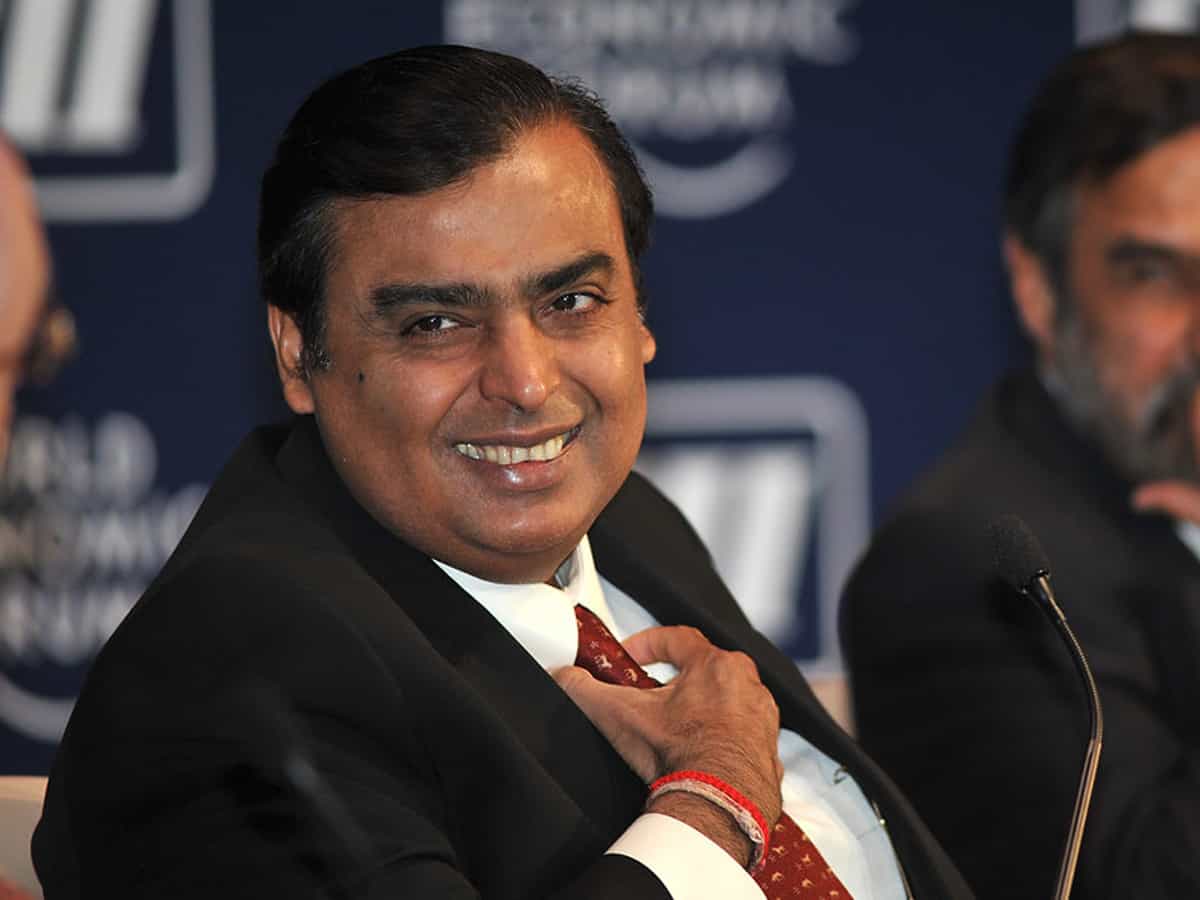
Businessman Mukesh Dhirubhai Ambani is from India. He is well-known for being Reliance Industries Limited’s chairman, managing director, and major shareholder. Ambani is the richest person in both Asia and India. Mukesh Ambani is ranked as the sixth richest person in the world by Forbes.
In 1957, Kokilaben and Dhirubhai Ambani welcomed a son into the world: Mukesh Ambani. Dhirubhai moved to India shortly after his birth to launch a company in textiles and spices. Anil Ambani is the only brother Mukesh has. Nina Bhadrashyam Kothari and Deepti Dattaraj Salgaonkar are his other two sisters.
Mukesh has graduated from Mumbai’s Hill Grange High School. Later, he attended the Institute of Chemical Technology before moving on to St. Xavier’s College Mumbai. Ambani then enrolled at Stanford University to pursue an MBA. But he abandoned his MBA program in the midst to assist his father in running the company.
Ambani first entered the corporate world in 1981. He arrived in India to run Reliance Industries Limited, the family firm. At that time, reliance was already big enough to cover petrochemicals and refineries. Additionally, it offered goods and services in the retail and telecommunication sectors. Mukesh transformed Reliance, a fledgling business, into a big success.
Reliance has consistently ranked among the top five Indian firms since its founding. Forbes ranked Ambani as the 26th richest person in the world in 2016. Ambani later surpassed Jack Ma, executive chairman of Alibaba, to take the title of the wealthiest person in Asia in 2018. In October 2020, he eventually rose to the sixth-richest position. According to the China Hurun’s Research Institute survey, Ambani emerged as India’s fifth-ranking philanthropist. According to Ambani, “Investing in excellence is investing in the future.”
Mukesh Ambani has endured a lot of challenges in his life. To run his father’s firm, he had left his MBA program. Due to Reliance’s rapid expansion at the time, Mukesh started the company from scratch. Mukesh’s excellent business tactics helped Reliance eventually reach new heights. On the other side, Reliance suffered a setback as a result of Dhirubhai Ambani’s passing. Later, it coincided with Reliance Limited’s division. The business was then split into two groups.
The owner of Reliance India Industries Limited was Mukesh Ambani. The Anil Dhirubhai Ambani Group, on the other hand, was run by Anil Ambani. Despite the difficult circumstances, Mukesh Ambani’s solid market strategy and dedication helped Reliance succeed again.
Reliance Industries reported in August 2022 that Mukesh Ambani, the company’s chairman, has skipped two years in a row of receiving payment. The Covid-19 pandemic’s impacts have been negatively affecting the global economy for the past two years.
Mukesh Ambani thus decided to forego his salary, benefits, perks, and commissions from Reliance Industries. Mukesh used to get INR 150 million in pay annually until 2020. In addition, he did not raise his pay in the previous 15 years to serve as an example for aspiring business owners and executives. However, several Reliance Industries executive directors received their yearly compensation in accordance. Currently, Mukesh Ambani wants to see more 5G network services offered in the nation.
2. Gautam Adani

3. Shiv Nadar
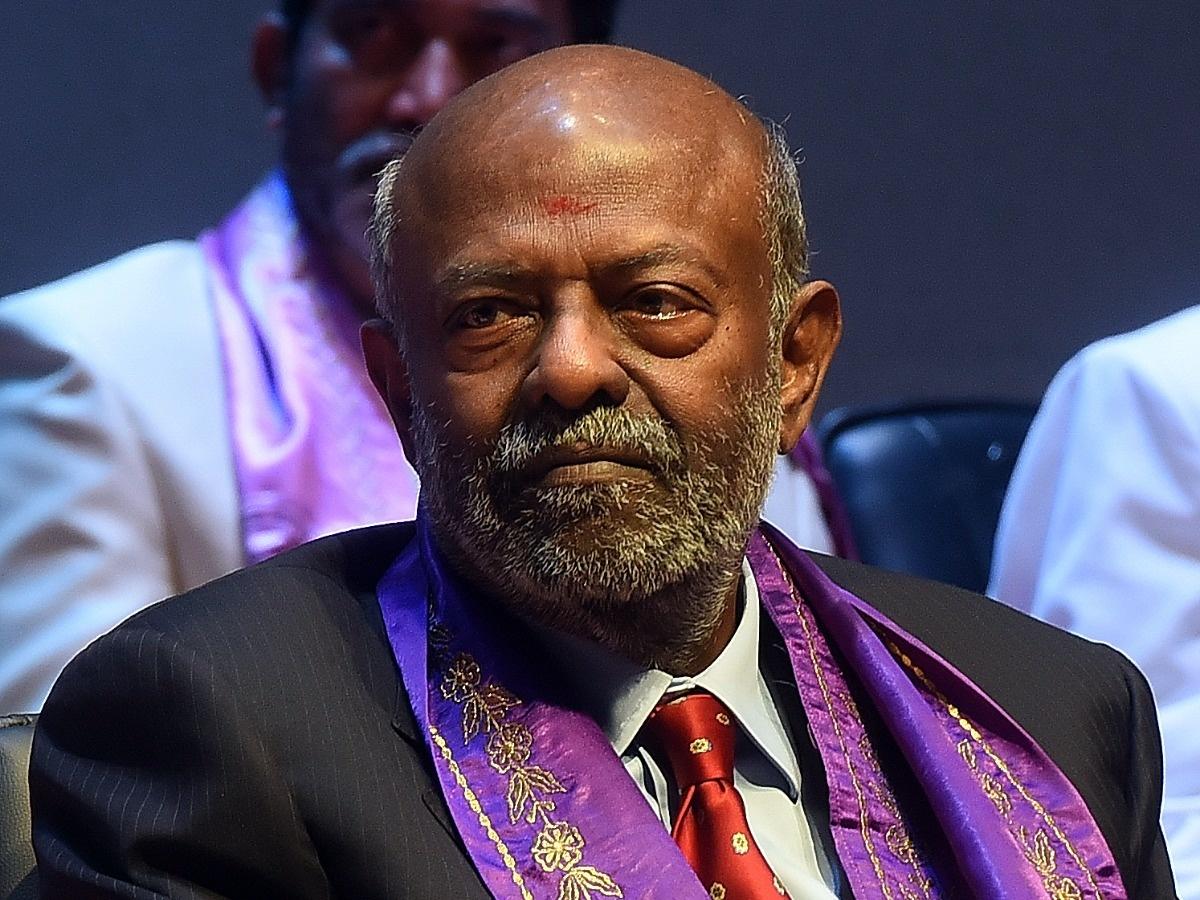
In contrast to the majority of the billionaires of this age, Indian industrialist and billionaire Shiv Nadar were not born into affluence. Sivasubramaniya Nadar and Vamasundari Devi welcomed a son named Shiv Nadar into the world on July 14, 1945 in a Tamil Nadu village. Shiv Nadar attended a variety of schools in Tamil Nadu for his education. Nadar earned a pre-university diploma from the American College in Madurai and a degree in Electrical and Electronics Engineering from the PSG College of Technology in Coimbatore.
After starting his career in 1967 at the College of Engineering Pune (COEP) of the Walchand group, Shiv Nadar went on to work for Cooper Engineering Company before landing a new position at the Delhi Cloth Mills digital products section. DCM was the fourth-largest company in India at the time.
He came to the realization that this was not what he was supposed to accomplish after working 10–12 hours a day. He shared similar views with a few of his DCM calculator division coworkers, and together they decided to leave their jobs and launch their businesses. Shiv Nadar founded MicroComp Limited in 1975 in collaboration with several friends and coworkers.
The company’s major shareholder was Shiv Nadar. The first business Nadar and his colleagues started was Micro comp, a business that specialized in the sale of digital calculators in the Indian market.
He started HCL Technologies with an Rs 18,700 investment. Before IBM and Apple Inc., Hindustan Computers Limited (HCL) unveiled the first PC in India in 1978. It was based on the Rockwell PP 8 microprocessor and went by the name HCL 8C. It could satisfy the IT requirements of medium-sized businesses and included the BASIC language and a potent Sort/Merge Package. The majority of computers used in India before the HCL 8C were IBM 1401, which needed a large data center with air cooling.
Shiv Nadar stated in 2006 that the SSN College of Engineering will support research in addition to making sure that students benefited from collaborations with foreign universities.
In March 2008, Nadar’s SSN Trust announced the opening of two Vidyagyan schools in rural Uttar Pradesh, where 200 students from 50 distinct areas will get free scholarships. In February 2011, Nadar paid a visit to Town Higher Secondary School and gave thousands of dollars worth of laptops and other equipment.
Shiv Nadar was listed as the 48th Hero of Philanthropy by Forbes in 2011and as the 16th most important persona in India by India Today Magazine in 2017.
Many of Shiv Nadar’s subordinates and workers benefit from his calm demeanor. He has developed a very rich culture within the business, always encouraging everyone and has very rich culture within the business, always encouraging everyone to give their best effor

According to Forbes, Poonawalla, who is 81 years old, has a net worth of $21.5 billion.
He abandoned his first business idea and set out to create a “product for the masses.” He found that vaccinations may be made from horse serum. He decided to make vaccines more accessible by using his stud farm for a better purpose. There has been no going back since that time.The vaccine market was still in its infancy in the 1960s when Poonawalla was only beginning the research phase of starting his serum company, which is now valued at $13.8 billion.
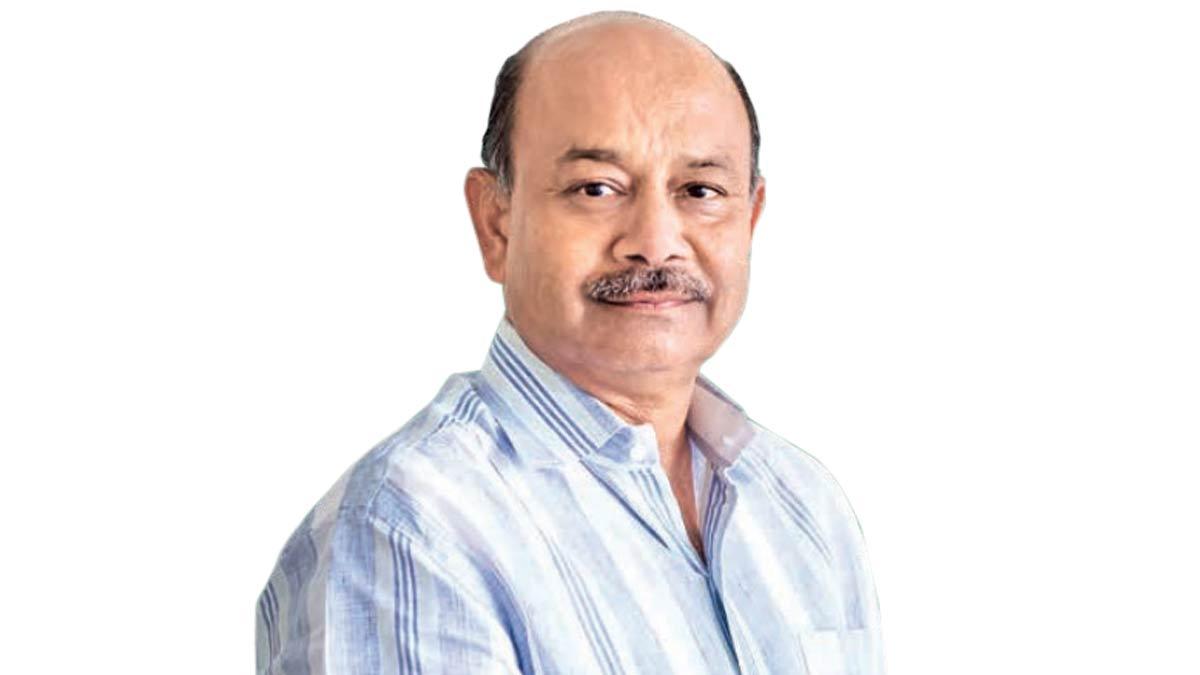
Born and raised in Bikaner, Rajasthan, to an Indian Marwari family, Radhakishan Damani was born on March 15, 1954. One of the few self-made billionaires in the nation, RK Damani was born into poverty. His upbringing compelled him to choose business in general. RK Damani left his Bachelor of Commerce (Bcom) program at the “University of Mumbai” in the middle of it to launch his first stockbroking firm.
The wealthy investor, entrepreneur, and founder of the massive retail chain “D-Mart” in India, Radhakishan Damani, is based in Mumbai.
After achieving such high heights, he abruptly left the stock market company in 2001 and decided to go into retail. He establishes the Dmart chain of supermarkets and hypermarkets. After that, he disclosed that D-Mart would go public in 2017. Currently, this business is the 18th most valuable in the nation. Its market cap exceeds that of Nestle and Bajaj Finserv combined.
R K Damani founded India’s Dmart, a one-stop grocery and hypermarket business, in 2000 in Powai, Mumbai. The business’s main office is in Mumbai. Under one roof, D’Mart provides a variety of goods for the home and the individual. Every DMart grocery store carries items for the house, such as Toys & Games, Stationery, Beauty Products, Food, Toiletries, Bed and Bath Linen, Clothes, Kitchenware, Home Appliances, Footwear, and more.
ASL is the brand owner of the names D Mart Premia, D Mart, Dutch Harbour, D Mart Minimax, D Homes, etc.
D’Mart’s major goal is to provide clients with high-quality goods at a low price. Today, Andhra Pradesh, Maharashtra, Karnataka, Telangana, Gujarat, Madhya Pradesh, Tamil Nadu, Punjab, Chhattisgarh, NCR, and Rajasthan are all strongly represented by DMart. More than 196 supermarkets and hypermarkets are spread out over the nation. Avenue Supermarts Ltd. is the owner and operator of the DMart retail supermarket network (ASL). Three factors are important to Dmart’s success: employees, vendors, and customers!

Lakshmi Narayan Mittal was born on July 15, 1950, in the Sadulpur area of Rajasthan, India. He formerly served as CEO of ArcelorMittal, the world’s largest steel and mining company. In 2021, he will start serving as its chairman. He was listed as India’s sixth-richest citizen in 2021. In 2022, his net worth reached $18.5 billion.
In the 1960s, Lakshmi’s family moved to Calcutta since his father had a steel firm there. Lakshmi came to work here after earning a science degree from St. Xavier’s College. In 1970, he completed his degree and began working as a trainee at the mill.
He launched his steel plant in Indonesia six years later. He spent more than ten years of his life trying to figure out how to run this place most effectively. He had taken control of the state-owned steelworks in Trinidad and Tobago by 1989, which had been suffering from significant losses.
This facility had started to double its output and had become profitable under Mittal’s leadership. Mittal used this strategy of buying largely state-run enterprises that were about to fail and dispatching special management teams to revive the operations. The steel industry would later use this model as the basis for its global corporate strategy.
By 2004, Lakshmi had decided to combine LNM Holdings with Ispat International, and he had also added International Steel Group to his business portfolio. His new business, Mittal Steel Co. NV, was now acknowledged as the largest steel manufacturer in the world.
Another merger involving Mittal occurred in 2006 when Mittal Steel and Arcelor merged to establish ArcelorMittal. Before resigning in 2021, Mittal was its CEO. This company is in charge of producing steel in a variety of forms that support the industrial, construction, energy, infrastructure, and transportation industries.
This company examines innovative steel products and their processes at research facilities around the world, and by evaluating, enhancing, and implementing them, it contributes to the identification of solutions. ArcelorMittal is aware that steel can make a significant contribution to net-zero emissions with a view to decarbonizing. The business earned a net income of almost INR 15 billion as of 2021. It expects a 3% increase in steel shipments this year.
ArcelorMittal now operates steelmaking facilities in 17 nations, and it has an industrial footprint in 59 nations. It conducts business throughout North and South America, the CIS, Europe, and Africa.
Lakshmi, who is regarded as a pioneer in the steel sector, received the “Steelmaker of the Year” honor from New Steel in 1996. In 2004, he was named “European Businessman of the Year” by Fortune magazine. In 2006, he received the “Person of the Year” award from the Financial Times.
Lakshmi Mittal received the World Steel Association’s medal in 2010 for his contributions to the global steel industry’s sustainable development. The steel tycoon received a Doctor Honoris Causa degree from Poland’s AGH University of Science and Technology in 2013.
Lakshmi Mittal is quite generous and has given to UNICEF and Harvard University numerous times. Additionally, his family has donated money to the UK’s Great Ormond Street Hospital. It is admirable and worth highlighting that Mittal has a generous spirit and a can-do attitude.
7. Kumar Birla

Indian businessman and head of the Aditya Birla Group is Kumar Mangalam Birla. It is one of India’s biggest conglomerates. At the young age of 28, Kumar succeeded his father Aditya Vikram Birla as chairman of the Aditya Birla Group. The Aditya Birla Conglomerate rose to become India’s third-largest business group under his direction. His current net worth is thought to be around USD 16.7 billion. Here is his tale of success.
The 14th of June 1967 saw the birth of Kumar Mangalam Birla in Kolkata. A fourth-generation Birla family member, Kumar. At Mumbai’s Sydenham College of Commerce and Economics, he finished high school. After graduating from high school, Kumar earned a bachelor’s degree from the University of Mumbai’s H.R. College of Commerce and Economics. Later, he attended the London Business School, and in 1992, the University of London awarded him an MBA. At LBS, he is also a fellow by honor. He is also an ICAI-certified chartered accountant.
Father of Kumar, Aditya Vikram Birla, passed away from prostate cancer in 1995. At only 28, Kumar Mangalam Birla took over as chairman. In a recent interview, he said, “I had to grow up rapidly.” It was major learning on its own, he continued. It increased my awareness of how short life is, how to be resilient, and the value of family and close friends in getting through challenging times.
The Aditya Birla Group’s annual sales has increased by approximately 20 times since he became chairman to US$48.3 billion. The Aditya Birla Group is a multinational corporation that operates in 36 countries and currently employs over 120,000 people. It is spread over a wide range of sectors, including retail, telecommunications, cement, metals, and chemicals. Kumar also holds the positions of chancellor at the Birla Institute of Technology & Science and the heads of the IIT, Delhi and the IIM, Ahmedabad.
8. Dilip Shanghvi

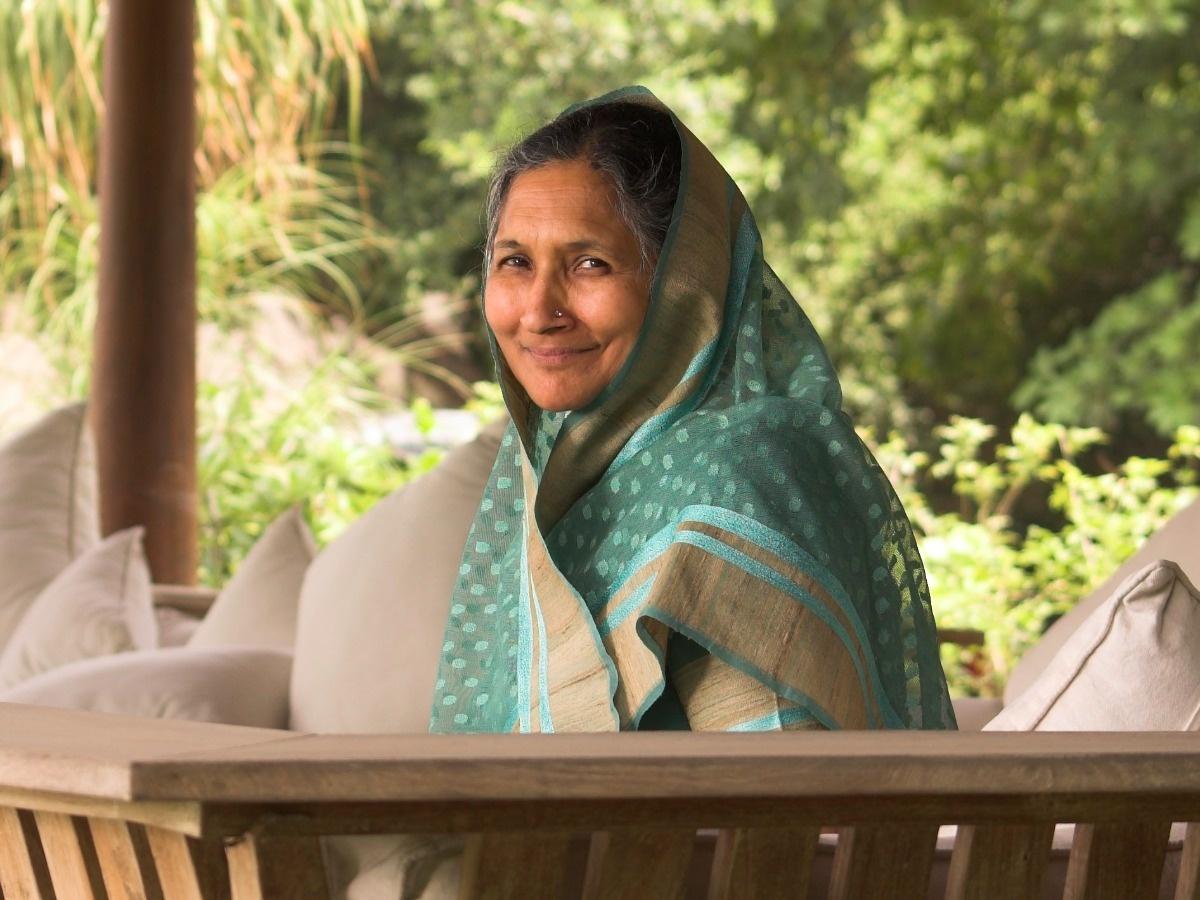
After her husband, Om Prakash Jindal’s unexpected passing in 2005, India’s richest lady Savitri Jindal took over his steel and powerful empire. The last two years alone have seen a $12 billion increase in Savitri Jindal’s net wealth. Jindal is the only female in the top 10 of Forbes’ list of the richest Indians in 2021 and has a net worth of $18 billion, making her the richest woman in India.
Savitri Jindal’s net worth increased by more than quadrupled between 2020 and 2022, rising to $17.7 billion. In the first half of 2021, Savitri Jindal’s wealth increased, as did that of many other billionaires. Savitri Devi Jindal was born on March 20, 1950, and was raised in the upper Assamese village of Tinsukia. In the 1970s, Savitri Jindal wed OP Jindal, the man behind the steel and electricity business Jindal Group.
OP Jindal served as a minister in the Haryana government and a member of the Haryana Vidhan Sabha who represented the Hisar district. When Om Prakash Jindal, the creator of the Jindal Group, died in a helicopter crash in 2005, the mother of nine children was 55 years old. Savitri Jindal found herself a politician, social crusader, and wealthy at the age when individuals with grey hair prepare to retire from household or professional activities after her husband’s unexpected death.
Savitri Jindal, a woman of simplicity and cultural essence, is one of the richest Indian women right now with a net worth of $18.3 billion. The commercial giant known as the Jindal group took pride in its modest beginnings. The late Om Prakash Jindal, who was born to a peasant in the Haryana town of Nalwa on August 7, 1930, created the Jindal empire from nothing.
One of the wealthiest ladies in the nation, the matriarch of the Jindal Group was ranked as the fourth richest mother in the world by Forbes magazine in 2010.
Savitri Jindal is growing the Jindal Group and even helping the common person in whatever manner she can with the help of the success motto of her late husband OP Jindal, “Where others saw hurdles, he saw opportunities.” Savitri Jindal is personally involved in charitable endeavors to aid the less fortunate in addition to her work in business and politics.
She aids in the development and efficient management of healthcare andeducational facilities by the Jindal Group.
Savitri Jindal, who is 71 years old, keeps herself occupied by managing the various social welfare programs for education and healthcare that the founder of the Jindal Group started for the underprivileged and factory workers.
She does still care about keeping her children and grandchildren happy and the family’s foundation intact.
10. Uday Kotak
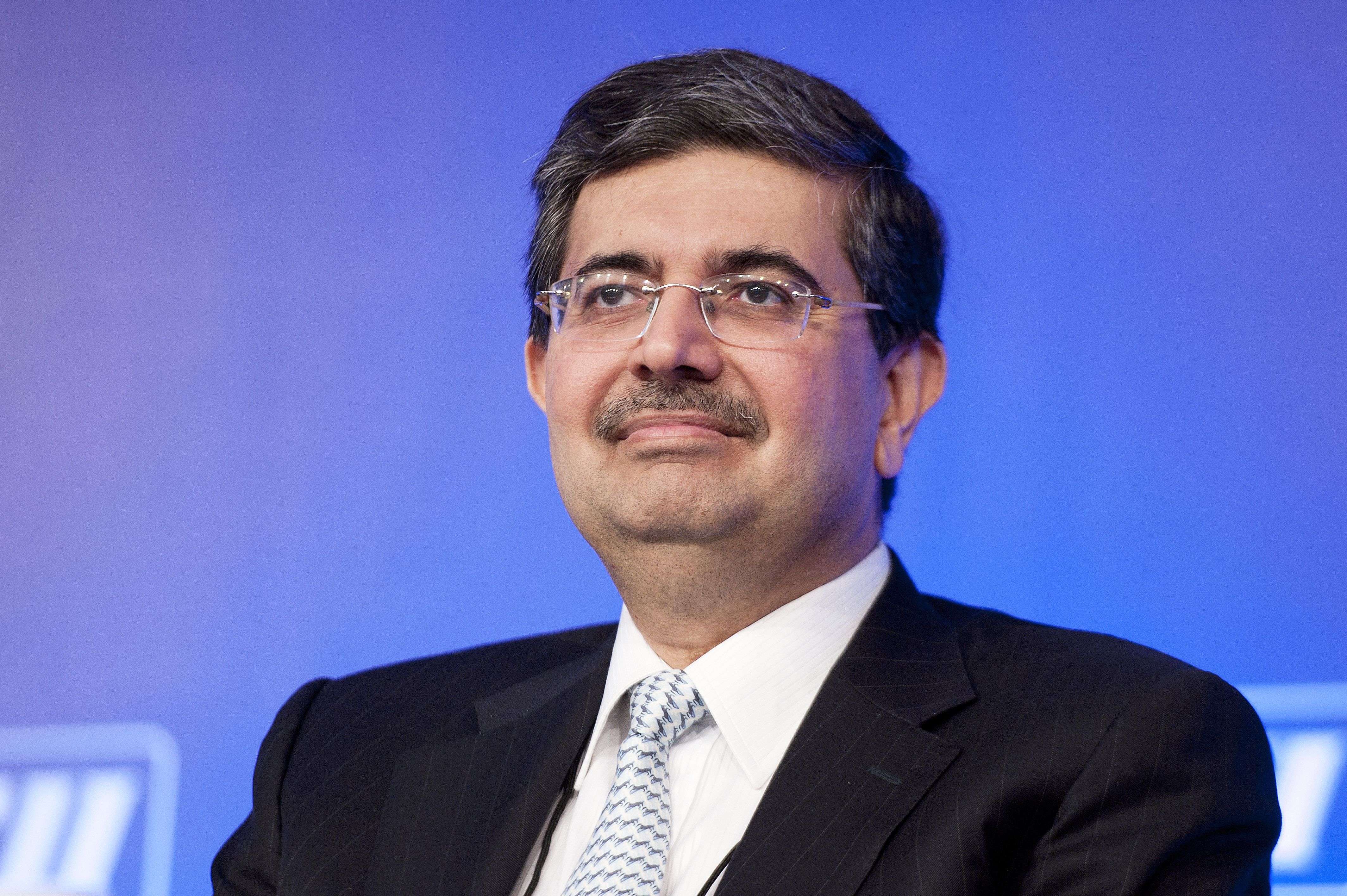
The founder and managing director of Kotak Mahindra Bank and a multibillionaire Indian banker named Uday Kotak are known as the “nationalist” banker. Uday Kotak was born on March 15, 1959, to Ramesh Kotak and his wife, who came from an upper middle class Gujarati Lohana joint family in Mumbai and worked in the cotton trading sector. After Partition, his father traveled back to India from Karachi.
Uday was raised in a large Babulnath mansion that could accommodate 60 family members. His extended family originally engaged in the trading of cotton and other agricultural commodities. Kotak was planning to work for Hindustan Unilever, a branch of the global consumer goods company in India, after obtaining his MBA (FMCG Company).
Uday joined his family business after deciding to try his hand at business, where he would have to interact with family members. Uday has always had a passion for money. He had lost interest in carrying it out.
In the early 1980s, Kotak decided to go into business for himself while pursuing his MBA. At the Navsari building’s premises, Kotak opened a tiny financial agency with a 300 sq. His father offered him an ft. office space. In the ensuing years, Kotak expanded his financial consulting company into several different financial services, becoming a significant player in investment banking, bill discounting, stockbroking, mutual funds, life insurance, and auto financing.
In the future, Uday Kotak collaborated with the Mahindra Group to develop the new name “Kotak Mahindra” since he was adamant that trustwas the cornerstone of all financial services. On March 22, 2003, Kotak Mahindra Finance Ltd. received a banking licence from the Reserve Bank of India.
This is the first non-banking finance firm in Indian corporate history to get a banking license and change from a non-banking finance company into a bank.
By purchasing Goldman Sachs’ 25% ownership in two subsidiaries for $72 million in 2006, Uday discontinued their collaboration.
Kotak raised $30 lakh in 1980 to start an NBFC for bill-discounting. He invested two crore rupees in Hutchison Essar in 1998, and by 2006, he had made one billion rupees. As it has grown, Kotak Mahindra Bank currently provides a range of financial services, including insurance, asset recovery, business banking, mutual funds, and investment banking.
With more than 1270 branches and a transformation from a bill-discounting company to a financial services conglomerate in 2014, Kotak is now India’s second-largest scheduled commercial bank by market value.
In 2015, Kotak Mahindra Bank teamed up with telecom behemoth Airtel to enter the general insurance sector and develop a small payments bank.









